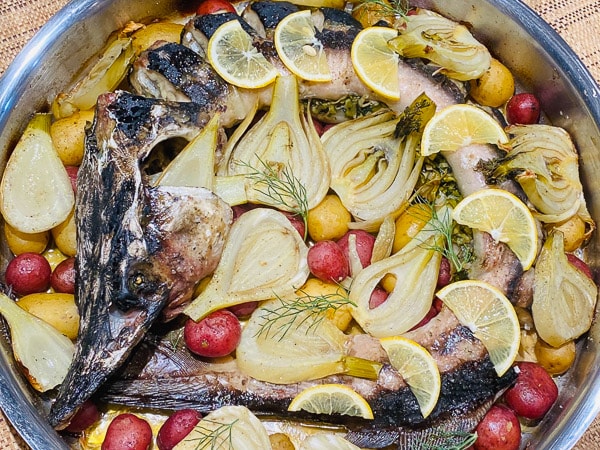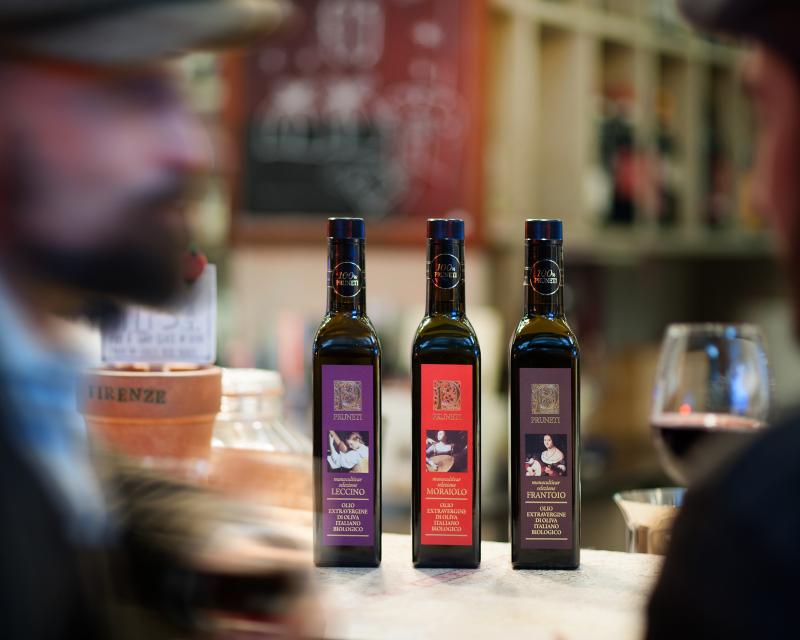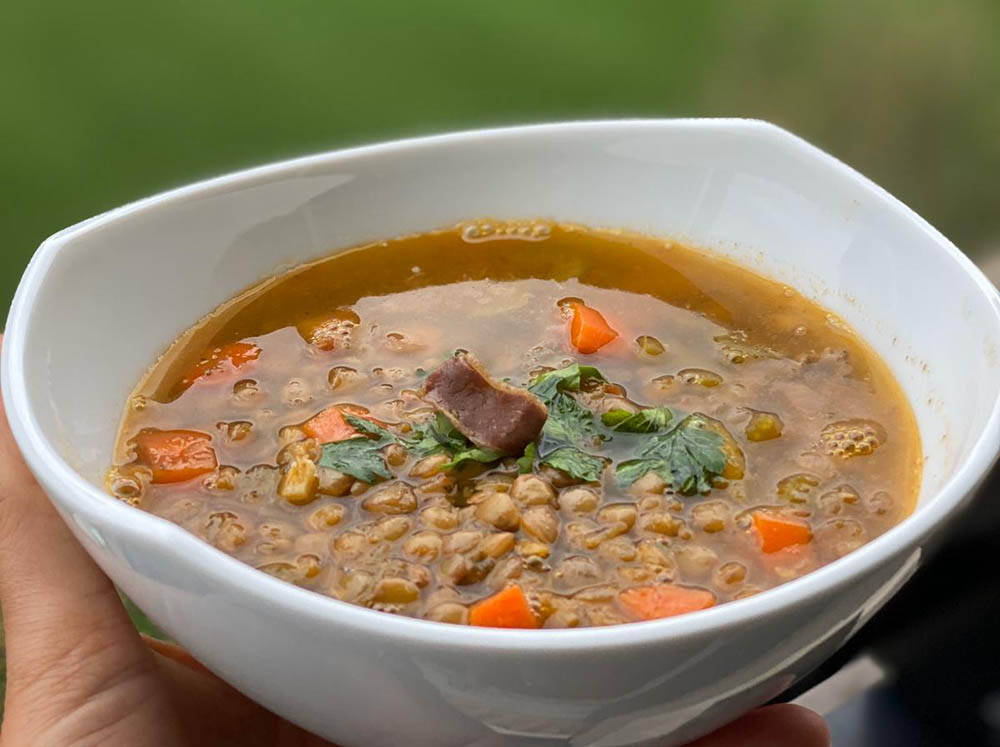Beginner's Guide for Seafood
Seafood is a popular food item among many cultures and cuisines. It is a healthy, delicious, and easy-to-prepare option for those looking for an alternative to meat. This beginner's guide to seafood will teach you everything you need to know about this type of food, from how to select and cook it, to the different types of seafood available. By the end of this guide, you'll be an expert on all things seafood!

What is Seafood?
Seafood is a broad term that includes any fish or shellfish that is harvested from the sea. This can include both saltwater and freshwater fish, as well as crustaceans and mollusks. Some of the most popular seafood items include shrimp, lobster, crab, salmon, tuna, and cod.
While seafood is a common staple in many diets around the world, there are some health concerns to be aware of. Seafood can contain high levels of mercury, which can be harmful to the brain and nervous system. Young children and pregnant women are particularly susceptible to the consequences of mercury poisoning.
Seafood is also a major source of omega-3 fatty acids, which have been linked to numerous health benefits. These fatty acids can help improve heart health, cognitive function, and joint pain. They may also help reduce the risk of certain chronic diseases, such as diabetes and cancer.
Tips for Choosing, Keeping & Preparing Seafood
Let's look at the fundamental components of choosing, keeping, and preparing fish and seafood before you start cooking.
- Choosing the Best Seafood: There isn't much to do with poor quality food so it is important to choose the right quality for the best outcome. One of the greatest myths is that fresh fish is preferable to frozen. This isn't always the case. Most fish are frozen straight on the boat, it's quite common for your 'fresh fish' to have already been frozen.
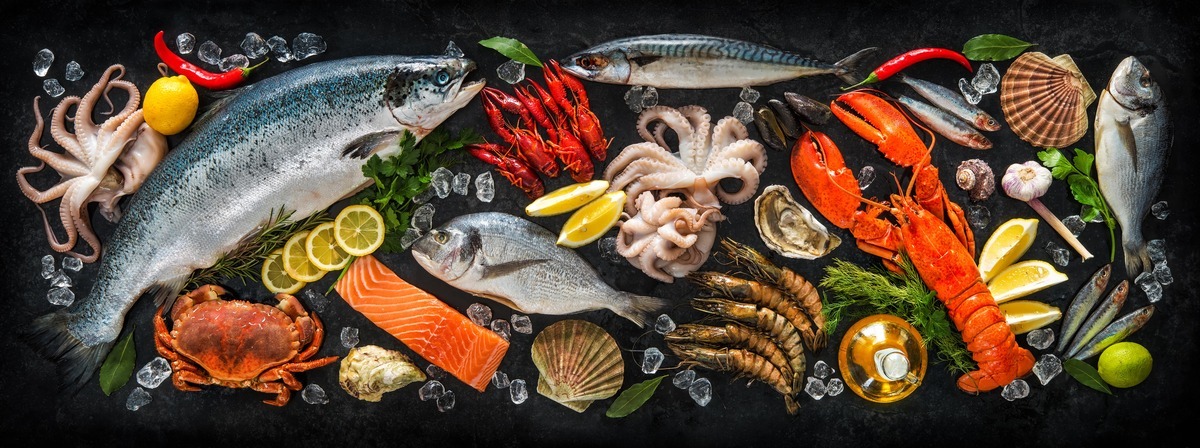
Additionally, some seafood, like lobster, does not travel well, so buying food that has been frozen results in better cuisine. This is especially true if you don't live close to where the seafood was caught. Sushi-grade fish should be carefully chosen because not all varieties are appropriate.
- Endangered Fish Must Be Avoided: The endangered species are not readily available, and they should be protected instead. Example: Two of the best-tasting seafood on the list are bluefin tuna and red snapper. However, there are alternatives available, such as black sea bass, yellowfin, or bigeye tuna (referred to as "ahi" in Hawaii).
- Storage of Fish: The storage of fish differs from that of meat. Avoid using plastic freezer bags and choose ice-filled containers to store your fish to keep it fresh. The bag technique will work for a few days, but not for very long.
- Cooking Fish: Store-bought fish is ready to be cooked but if not, then steps to clean include: The guts and scales of freshly caught or entire fish must be removed. Additionally, the fish must be fileted, and particular caution must be used when working with flatfish like flounder.
- Seafood Secrets: Crustaceans such as lobster and crab only need to be boiled. Shrimp and other seafood can be steamed, and Shrimp Scampi is a common meal. You can softly sauté scallops. The wonderful Southern Fried Oysters are one great way to prepare oysters. Another option is to shuck them and serve them raw.
Tips for Cooking Seafood
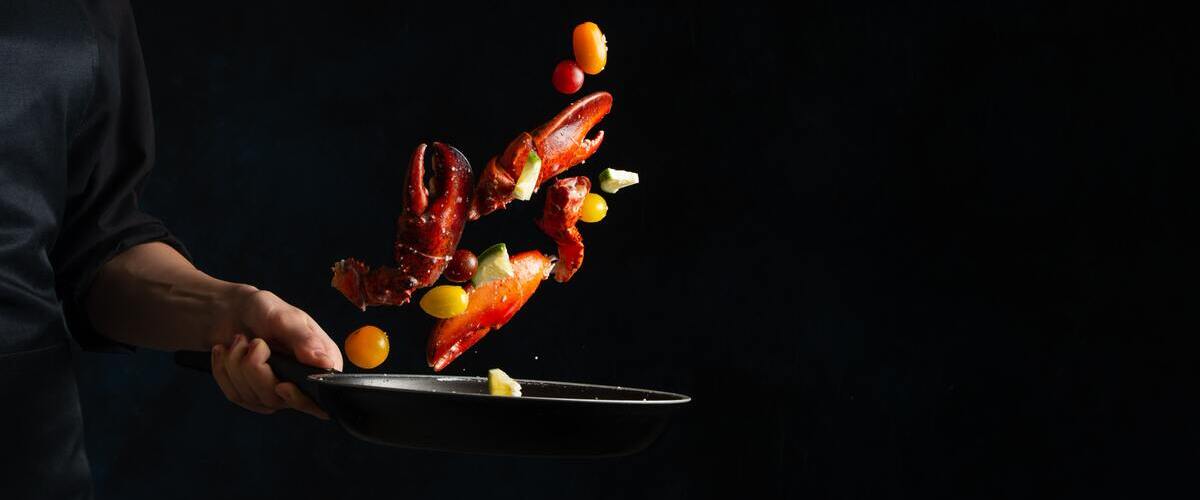
- Pat Dry Seafood: Use a paper towel to dry all the surfaces. The fish won't develop the desired crispy, golden-brown coating if there is even the tiniest bit of moisture. Likewise, don't treat fish the same way you would beef. Only touch it lightly.
- Make Sure the Pan is Hot: Use a cast iron or blue steel pan and heat it to a high temperature before adding 1 tablespoon of oil and a large pinch of salt. Turn off the heat and wipe the oil and salt from the skillet with a paper towel. Fish cooks rapidly, and when it can be withdrawn from the pan without falling apart, it has been adequately seared.
- Simple Seasoning: The exquisite taste of fish may be easily overshadowed since it is such a delicate creature. The job may be done well-using salt, pepper, and some herbs or lemon juice. Few seasonings are necessary when the fish is of high quality and cooked correctly. Consider adding more at any time!
- Good Quality Fish: Start with thick, high-quality salmon, halibut, or cod filets that are at least one inch in diameter if you're new to cooking seafood. Ask any employee in the seafood section at your nearest grocery store for assistance; they are knowledgeable and happy to help.
- Importance of a Fish Spat: Apply even, hard pressure to the filet with the skin side down until it rests flat. Use a fish spat for this. A little uncooked patch will remain in the center, but otherwise, it should be opaque and almost cooked. The raw side should only be cooked for one minute.
In conclusion, cooking seafood can be a simple and easy task if you follow these tips. With the right techniques, you can make a delicious and healthy meal that everyone will enjoy.




